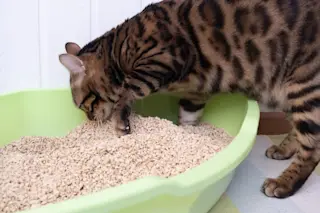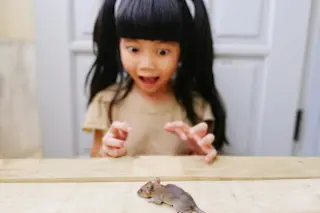If you’re in the market for a dog, think twice before making that dog a dachshund. No doubt there are millions of happy dachshund owners who would disagree, but millions of happy dachshund owners never met Sossi.
Sossi was a dachshund of indeterminate age that lived next door to my family during the late 1960s and, given the rancor she inspired among her neighbors, was lucky to see the 1970s. The first problem with Sossi-- one that, granted, wasn’t her fault--concerned her looks. When choosing a dog, most dachshund enthusiasts set their aesthetic standards low--and well they should. Given the canine industry’s obsession with breeding and bearing, it takes some courage to select a dog that looks as though at least one root of its family tree is firmly planted in the Jimmy Dean sausage factory. Sossi, small at birth and throughout her life, took the distinctive dachshund body type ...














